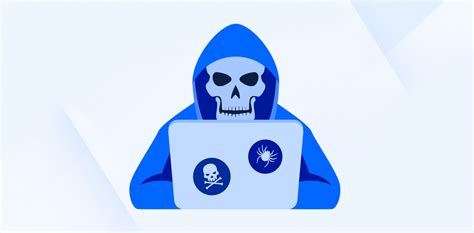The Allure of Piracy: Accessibility and Affordability
The advent of the internet has revolutionized entertainment consumption, with streaming services becoming the go-to platforms for movie buffs. However, piracy has taken a significant toll on the film industry, fueled by factors such as affordability and accessibility.

According to a study conducted by the Motion Picture Association (MPA), global piracy costs the entertainment industry an estimated $5.4 billion annually. The MPA further revealed that in 2020, there were 158 billion visits to illegal streaming sites worldwide.
Why Piracy Matters:
- Loss of Revenue for Filmmakers: Piracy deprives filmmakers, actors, and other industry professionals of their rightful earnings, potentially stifling creativity and innovation.
- Job Losses: The loss of revenue due to piracy can lead to layoffs in the film industry, affecting thousands of individuals in various roles.
- Lowers the Quality of Cinema: Reduced revenue streams for filmmakers can force them to compromise on production quality, leading to a decrease in the overall quality of entertainment.
- Encourages Illegal Activity: Piracy violates copyright laws and encourages a culture of breaking the law, which can have far-reaching consequences.
The Pros and Cons of Piracy
Pros:
- Accessibility: Piracy provides individuals with access to movies and TV shows that may not be available in their region or on popular streaming platforms.
- Affordability: Piracy is often free, making it an attractive option for those on a budget or in regions with limited access to legal content.
- Preservation of Content: Piracy can sometimes help preserve older films or obscure titles that might otherwise be lost or forgotten.
Cons:
- Legal and Ethical Implications: Piracy is illegal in most countries and unethical, as it deprives content creators of their deserved compensation.
- Malware and Spyware Risks: Illegal streaming and download sites often contain malware and spyware that can compromise user devices and privacy.
- Low-Quality Experiences: Pirated content is often of lower quality than legitimate releases, with poor resolution, missing audio tracks, and potential buffering issues.
- Support for Criminal Activity: By engaging in piracy, users unknowingly support criminal organizations that operate these illegal websites and profit from copyright infringement.
The Future of Piracy
The battle against piracy is an ongoing one, with new technologies and strategies emerging to combat this persistent problem.
Technological Advancements: Artificial intelligence (AI) and machine learning are being employed to detect and block pirated content online. Streaming services are also investing in encryption and digital rights management (DRM) to make it more difficult for pirates to access their content.
Government and Industry Collaboration: Governments and industry organizations are working together to strengthen anti-piracy laws and regulations. Collaborative efforts aim to educate the public about the consequences of piracy and provide legal alternatives.
Consumer Education and Awareness: Raising awareness about the harms of piracy and promoting legal and ethical consumption of content is crucial in reducing piracy. Educational campaigns can help consumers understand the negative impact of piracy on the film industry and society as a whole.
The Rise of Piracy: A Need for Innovation
The growing popularity of piracy highlights a need for innovation in the entertainment industry. Innovative approaches can address key consumer concerns that drive piracy, such as affordability and accessibility.
Micro-Transactions and Subscription Models: Offering flexible subscription models and micro-transactions allows consumers to pay only for the content they want, making legal services more accessible.
Geo-Licensing Agreements: Collaborating with distributors to expand the availability of content across geographical regions can reduce the incentive to pirate movies and TV shows.
Community-Driven Content: Encouraging user-generated content and fan-based initiatives can foster a sense of community and ownership, making piracy less appealing.
Table 1: Global Piracy Statistics
| Year | Visits to Illegal Streaming Sites | Revenue Lost by the Film Industry |
|---|---|---|
| 2020 | 158 billion | $5.4 billion |
| 2019 | 133 billion | $4.9 billion |
| 2018 | 118 billion | $4.5 billion |
| 2017 | 103 billion | $4.2 billion |
Table 2: Pros and Cons of Piracy
| Feature | Pros | Cons |
|---|---|---|
| Accessibility | ✔ | ✖ |
| Affordability | ✔ | ✖ |
| Quality | ✖ | ✔ |
| Legal Implications | ✖ | ✔ |
| Security Risks | ✖ | ✔ |
Table 3: Technological Advancements Against Piracy
| Technology | Description |
|---|---|
| AI and Machine Learning | Detects and blocks pirated content |
| Encryption and DRM | Makes pirated content inaccessible |
| Blockchain | Tracks and secures content distribution |
| Watermarking | Inserts invisible codes to identify pirated content |
Table 4: Innovative Approaches to Reduce Piracy
| Technique | Description |
|---|---|
| Micro-Transactions | Allows consumers to pay for specific content |
| Subscription Models | Provides flexibility and affordability |
| Geo-Licensing Agreements | Expands content availability across regions |
| Community-Driven Content | Fosters a sense of community and ownership |
